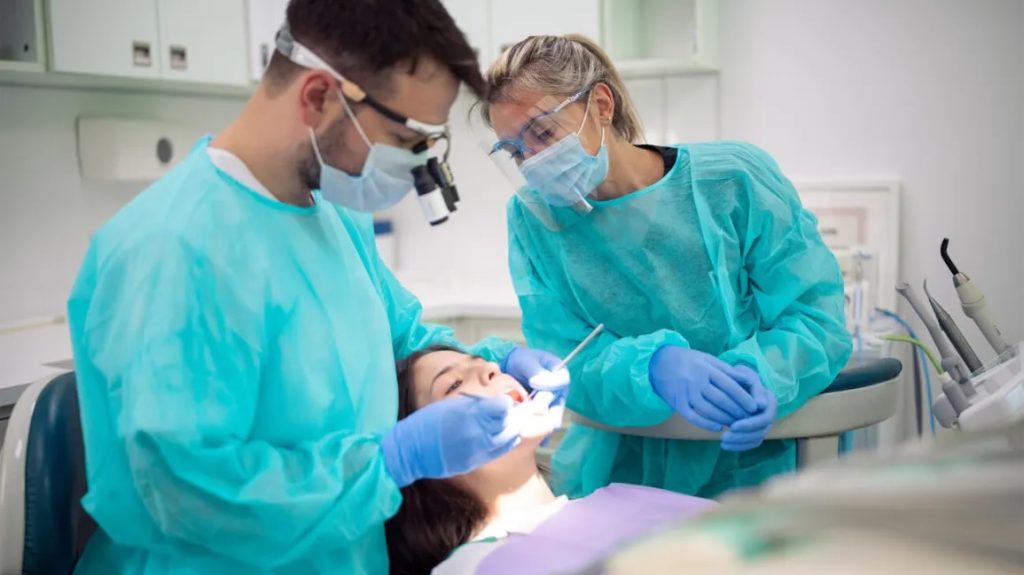Cosmetic dentistry represents the seamless fusion of art and science, a discipline that goes beyond the conventional boundaries of dentistry to transform smiles into works of art. At its core, cosmetic dentistry is dedicated to enhancing the aesthetic appeal of a person’s teeth, gums, and overall oral appearance. The science aspect of cosmetic dentistry delves into the intricate understanding of dental anatomy, materials, and advanced technologies. This knowledge serves as the foundation for a variety of procedures aimed at correcting dental imperfections, such as discoloration, misalignment, and irregular shapes. With advancements in materials like ceramics and composites, cosmetic dentists can mimic the natural look and feel of teeth while ensuring durability. The artistic facet of cosmetic dentistry emerges in the ability of practitioners to create harmonious smiles that complement the individual’s facial features. A skilled cosmetic dentist is akin to a sculptor, meticulously crafting each tooth to achieve the desired shape, size, and color. The artistry extends beyond technical precision to a keen understanding of symmetry, proportion, and the unique characteristics of each patient’s smile. Attention to detail is paramount, as subtle nuances can significantly impact the final result.

Smile design, a key element of cosmetic dentistry, involves customizing the appearance of teeth based on the patient’s preferences, facial structure, and personality. This personalized approach ensures that the smile not only looks aesthetically pleasing but also feels natural and complements the overall facial aesthetics. Teeth whitening stands as one of the most popular and accessible cosmetic dental procedures, utilizing both science and art to achieve a brighter, more radiant smile. Various whitening techniques, such as in-office treatments and at-home kits, leverage the science of bleaching agents to eliminate stains and discoloration for Celebridades. Simultaneously, the artistry comes into play as dentists carefully consider the optimal shade of white to enhance the patient’s overall appearance. Other common cosmetic procedures include dental veneers, which are thin shells of porcelain or composite resin bonded to the front of teeth, and dental bonding, where tooth-colored materials are used to reshape and restore teeth.
Advancements in technology contribute significantly to the evolving landscape of cosmetic dentistry. Digital smile design allows practitioners to use computer software to simulate the desired outcome, providing a visual representation for both the dentist and the patient. Computer-aided manufacturing CAM and computer-aided design CAD technologies enable the creation of precise and customized restorations, from crowns to veneers, ensuring a perfect fit and natural appearance. Additionally, 3D printing has revolutionized the field, offering new possibilities for crafting intricate dental prosthetics with unparalleled precision. In conclusion, the art and science of cosmetic dentistry converge to redefine smiles and instill confidence in individuals seeking aesthetic improvements. This dynamic field continues to push the boundaries of innovation, blending technical expertise with artistic sensibility to create smiles that are not only visually stunning but also functionally superior. As cosmetic dentistry progresses, it underscores the transformative power of a beautiful smile, impacting not only dental aesthetics but also the overall well-being and self-assurance of individuals.
